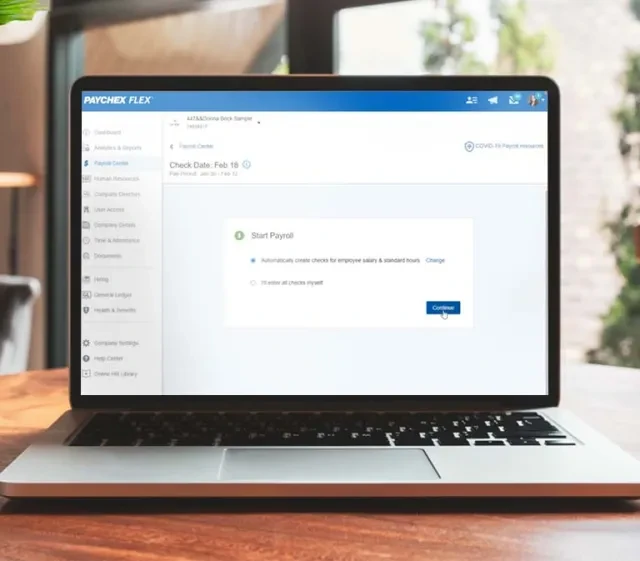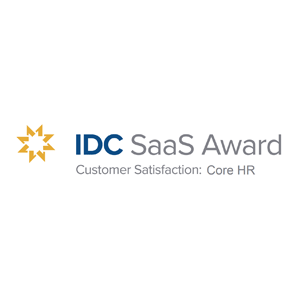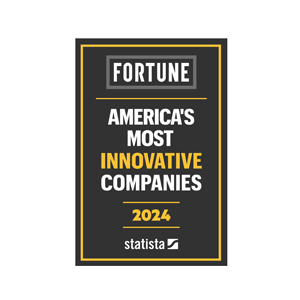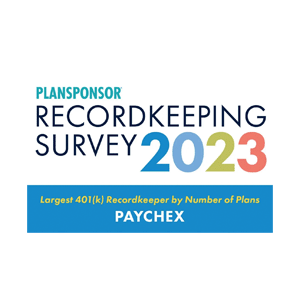Paychex HR and Payroll Services in Pennsylvania
For industry-leading HR and payroll services, Pennsylvania businesses of all sizes can benefit from Paychex solutions. Our dedicated professionals are ready to help your business meet its goals.
Get a Free Quote
Paychex Pennsylvania Locations
Businesses near the Philadelphia Museum of Art and Hershey Park, organizations near Longwood Gardens and the Franklin Institute, and companies throughout the Keystone State can find exceptional HR and payroll services in our Pennsylvania office location.
1550 Pond Road
Paychex Services for Pennsylvania Businesses
Payroll Made Easy
Easily pay your employees with our user-friendly online payroll software, featuring:
- Flexible processing
- Automated tax management
- Adaptable employee self-service

Simplify HR With Paychex PEO
Choose Paychex PEO* for an all-in-one HR solution that simplifies employee benefits, HR, payroll, and compliance management.

Complete Business Insurance** Coverage
Whether you’re a small business or have hundreds of employees, get comprehensive coverage for your organization, from a business owner’s policy to workers’ compensation.

401(k) and Retirement Services
Benefits of working with Paychex for Retirement Services:
- Design your plan and pair your 401(k) with payroll
- Choose from thousands of investment options
- Get clear pricing with no hidden fees

The Single Platform for Your HR, Payroll, and Benefits
Whether self-employed, a startup, or a large corporation, the Paychex Flex® platform can scale to serve Pennsylvania businesses of any size, giving employers a customized solution to their most pressing HR and payroll needs.
Contact a Paychex Payroll & HR Consultant
Need more reasons to work with Paychex?
- Seek HR advice from an HR professional
- Access reports and analytics to help you make data-driven decisions
- Manage payroll, HR, benefits, and more with our all-in-one platform

Convenient Service
With online resources and responsive service professionals available via phone and email, we can help your business whenever you need assistance.

Find the Right Solution for Your Business
Paychex Flex provides a centralized, integrated system to help Pennsylvania businesses manage human resources, benefits, and payroll more efficiently and accurately.
How Many Employees Do You Have?
Paychex Is the Smart Choice for Payroll and HR Services in Pennsylvania
- World’s Most Ethical Companies – 13-time honoree
- Five decades of payroll industry experience
- Award-winning service and all-in-one HR and payroll technology

Additional Resources for Businesses in Pennsylvania
Payroll Solutions for Businesses of Every Size
Looking for the best payroll software for your needs? See why others choose our innovative technology and support to help them manage payroll, HR, benefits, and more.
“For me and my business, Paychex is someone that I can depend on to make sure that every person is paid on time.”

"The daily time that I don’t spend on (payroll) … it really changes my daily routine. It allows me to make phone calls, answer emails, talk with general contractors and talk with my franchise (personnel). Having the ability to do that streamlines both processes."

"When I first started, my wife used to do my payroll for me, but it didn't always work out because I'm too busy, she's too busy ... so her brother, who's a CPA, suggested that I should use Paychex. Having Paychex as my payroll service just makes my life a lot easier."

“When we acquire a new community, continuity in the team members is very critical to the residents, so it’s very critical for us to ensure … all these team members are enrolled in a payroll system, signed up for their benefits, get their 401(k).”









